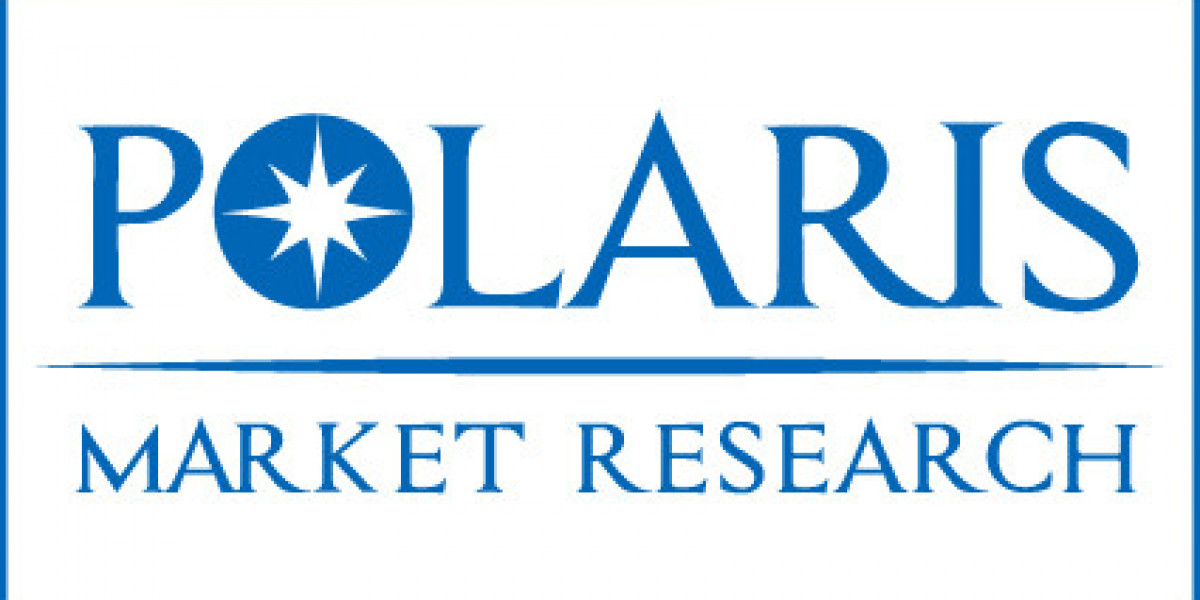Market Overview
The global glucaric acid market was valued at USD 1.2 billion in 2024 and is projected to grow at a CAGR of 11.70% from 2025 to 2034. The market is driven by its growing use in biodegradable cleaning agents and as a corrosion inhibitor.
Glucaric acid — a bio-derived platform chemical produced from the oxidation of glucose — is moving from niche specialty-chemical status toward broader industrial relevance. Applications span detergents and builders, corrosion inhibitors, chelating agents, food-grade sequestrants, pharmaceutical intermediates, and polymer/bioplastic precursors. Increased interest in sustainable chemistry, rising regulatory pressure to replace phosphate- and nitrite-based chemistries, and developments in fermentation and catalytic production routes have together propelled demand across multiple end-use sectors.
Key Market Growth Drivers
- Sustainability and Regulatory Pressure: Governments and industry bodies worldwide are tightening regulations on phosphates, nitrites, and other environmentally harmful additives used in detergents and corrosion-control products. Glucaric acid and its salts are perceived as biodegradable, low-toxicity alternatives, creating demand among formulators aiming to meet regulatory and sustainability targets.
- Improved Production Technologies: Advances in biocatalysis, fermentation engineering, and selective oxidation catalysts have progressively reduced production costs and improved yields. These technological improvements are enabling scale-up from laboratory to commercial volumes, making glucaric acid increasingly price-competitive with conventional chelants and specialty acids.
- Diverse End-use Applications: Glucaric acid’s multifunctional profile — as a chelating agent, scale inhibitor, corrosion inhibitor intermediate, and potential monomer or crosslinker for bio-based polymers — widens the addressable market. Growth in sectors such as home care (eco-friendly detergents), industrial water treatment, and green polymer chemistry directly supports market expansion.
- Consumer Preference for ‘Green’ Ingredients: Rising consumer awareness and demand for eco-friendly household and personal care products is influencing manufacturers to reformulate with greener ingredients. Private-label and premium brands alike are increasingly exploring glucaric acid derivatives for surfactant synergies and phosphate-free builders, stimulating commercial interest.
Market Challenges
- Production Cost Sensitivity: Despite progress in production routes, glucaric acid often remains costlier than older, well-established chemical alternatives — particularly in price-sensitive markets and applications where performance gains are marginal. This cost differential can slow adoption in commodity applications.
- Scale-up & Supply Reliability: Scaling fermentation or catalytic processes while maintaining consistent purity and yield is technically demanding. Limited large-scale production capacity in some regions creates supply risk and may deter formulators who require dependable, high-volume sourcing.
- Performance Parity & Formulation Complexity: In some end uses, glucaric acid does not perfectly mimic the performance profile of incumbent chemicals, requiring reformulation and additional testing. Formulators face time and resource burdens to validate stability, compatibility, and regulatory compliance for new formulations.
- Regulatory & Registration Hurdles: Although glucaric acid is generally regarded as a green alternative, specific applications — especially in food, pharmaceuticals, and medical devices — require rigorous regulatory approvals, safety dossiers, and standards compliance that can be time-consuming and costly to assemble.
Regional Analysis
- North America: Adoption in North America is driven by sustainability initiatives within the home-care and industrial water-treatment industries and by consumer demand for phosphate-free detergents. The region benefits from robust R&D capabilities and a supportive regulatory environment for green chemistries, but large-volume commercial adoption awaits further cost reductions.
- Europe: Europe exhibits one of the strongest uptakes of glucaric acid owing to stringent environmental regulations and aggressive corporate sustainability agendas. The market here favors bio-based and biodegradable ingredients; therefore, formulators are quicker to trial glucaric acid derivatives. Policy-driven incentives and pilot projects with brand owners further accelerate uptake.
- Asia-Pacific: Asia-Pacific represents a high-growth opportunity driven by expanding detergent and industrial sectors, rapid urbanization, and rising environmental awareness. However, price sensitivity in key markets within the region and limited local large-scale production capacity can constrain rapid expansion. Investments in local production facilities and partnerships are likely to unlock this potential.
- Latin America & Middle East & Africa (MEA): These regions remain nascent markets. Adoption is presently limited to specialty segments and multinational formulators. Growth will depend on widening awareness, competitive pricing, and the establishment of distribution networks and regional production hubs.
Browse Full Insights:
https://www.polarismarketresearch.com/industry-analysis/glucaric-acid-market
Key Companies
Per your request, company-level financials or proprietary “other company” data have been intentionally omitted. Instead, this section outlines the types of organizations most active in the glucaric acid market and their roles:
- Integrated Chemical Manufacturers: Large chemical companies with capabilities in carbohydrate oxidation and scale-up often lead industrial production, providing commodity and technical-grade glucaric acid for water treatment and detergent markets.
- Biotech & Fermentation Specialists: Small-to-medium biotech firms and contract manufacturers focus on bio-based fermentation routes, developing strains, processes, and purification trains to supply high-purity glucaric acid suitable for food and pharmaceutical intermediates.
- Specialty Chemical Houses: These firms develop value-added glucaric acid derivatives and formulations — for example, salts, chelating blends, and polymer intermediates — and typically service home care, personal care, and niche industrial applications.
- Contract Manufacturers & Tollers: Companies offering toll manufacturing provide scale-up and batch production services for innovators that lack in-house large-volume manufacturing capacity, enabling faster commercialization.
- Ingredient Distributors & Formulators: Distributors and formulators bridge production and end-user markets, offering technical support, small-batch supply, and co-development services that aid adoption, especially among regional brands and private-label producers.
Market Opportunities & Outlook
- Detergents & Home Care Reformulation: Continued momentum to eliminate phosphates and minimize environmental impact creates immediate opportunities for glucaric acid-based builders and chelants. Niche premium and eco-friendly household brands present early-adopter markets.
- Water Treatment & Industrial Applications: As utilities and industrial operators pursue greener corrosion and scale management chemistries, glucaric acid and its derivatives can capture share from traditional inhibitors, particularly where environmental discharge limits are tightening.
- Pharmaceutical & Food-Grade Applications: High-purity glucaric acid has potential as a chelator and intermediate in pharmaceutical synthesis, and as a GRAS candidate for certain food sequestration uses. Opportunities exist for producers who can meet stringent purity and regulatory standards.
- Bio-based Polymers & Materials: Research into glucaric acid-derived monomers for polyester or polyamide-type materials could open high-value markets in bio-based plastics and resins, aligning with circular-economy goals.
Conclusion
The Glucaric Acid market sits at the intersection of sustainability-driven demand and technological maturation. While adoption is strongest today in regions and segments with strict environmental mandates and higher willingness to pay for green ingredients, continued cost reductions via improved production technologies and scaling will unlock broader, commodity-level markets. Challenges related to cost parity, scale-up, and regulatory approvals persist, yet the expanding range of applications — from detergents and industrial water chemistry to pharmaceuticals and novel bio-based materials — points to a robust long-term opportunity.
More Trending Latest Reports By Polaris Market Research:
Bunion Correction System Market
Medical Equipment Maintenance Market
Clinical Trial Biorepository & Archiving Solutions Market
Medical Equipment Maintenance Market
Circuit Breaker & Fuses Market
Pulmonary Arterial Hypertension Market
Clinical Trial Biorepository & Archiving Solutions Market
Pulmonary Arterial Hypertension Market
U.S. Blastic Plasmacytoid Dendritic Cell Neoplasm (BPDCN) Market








